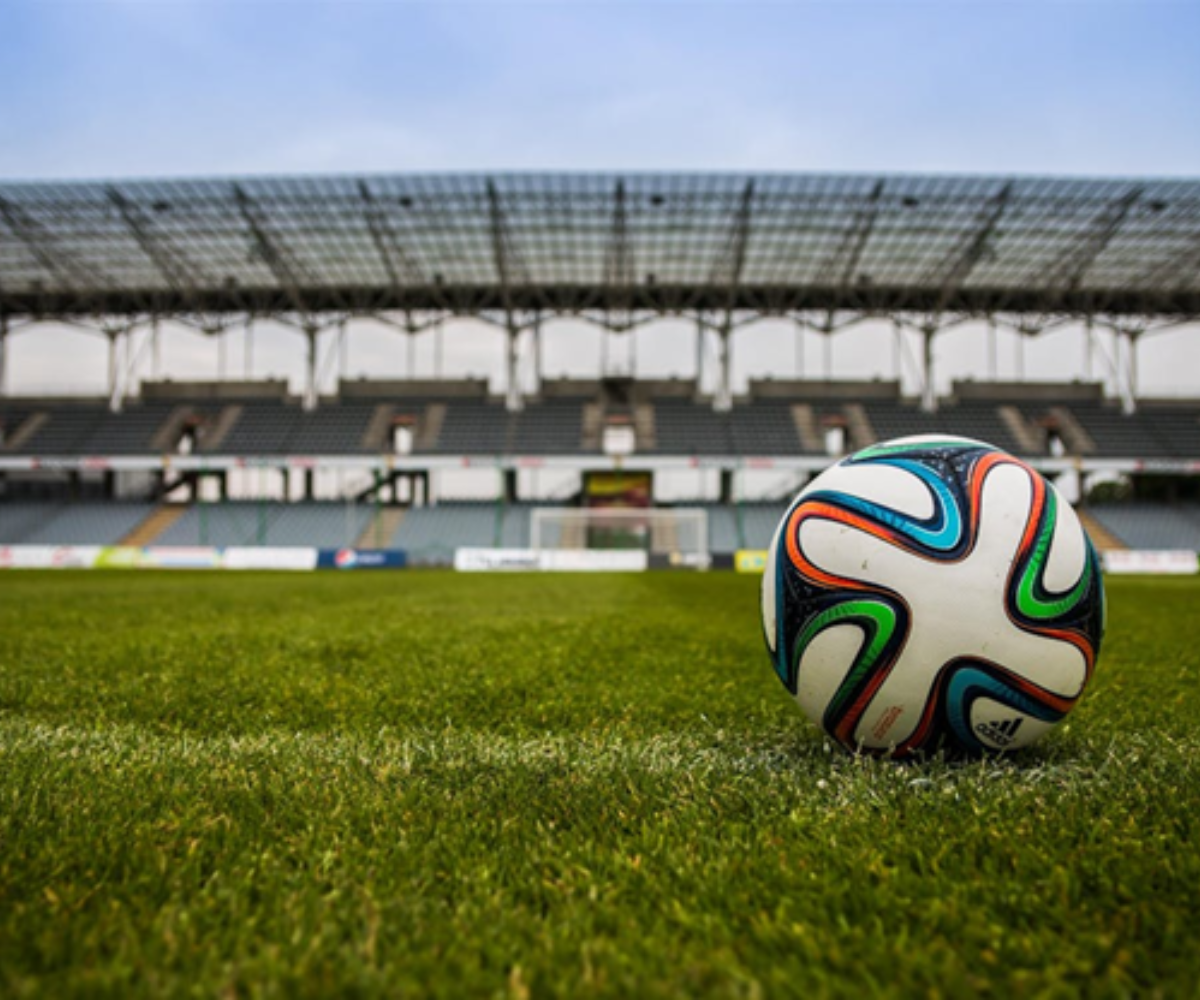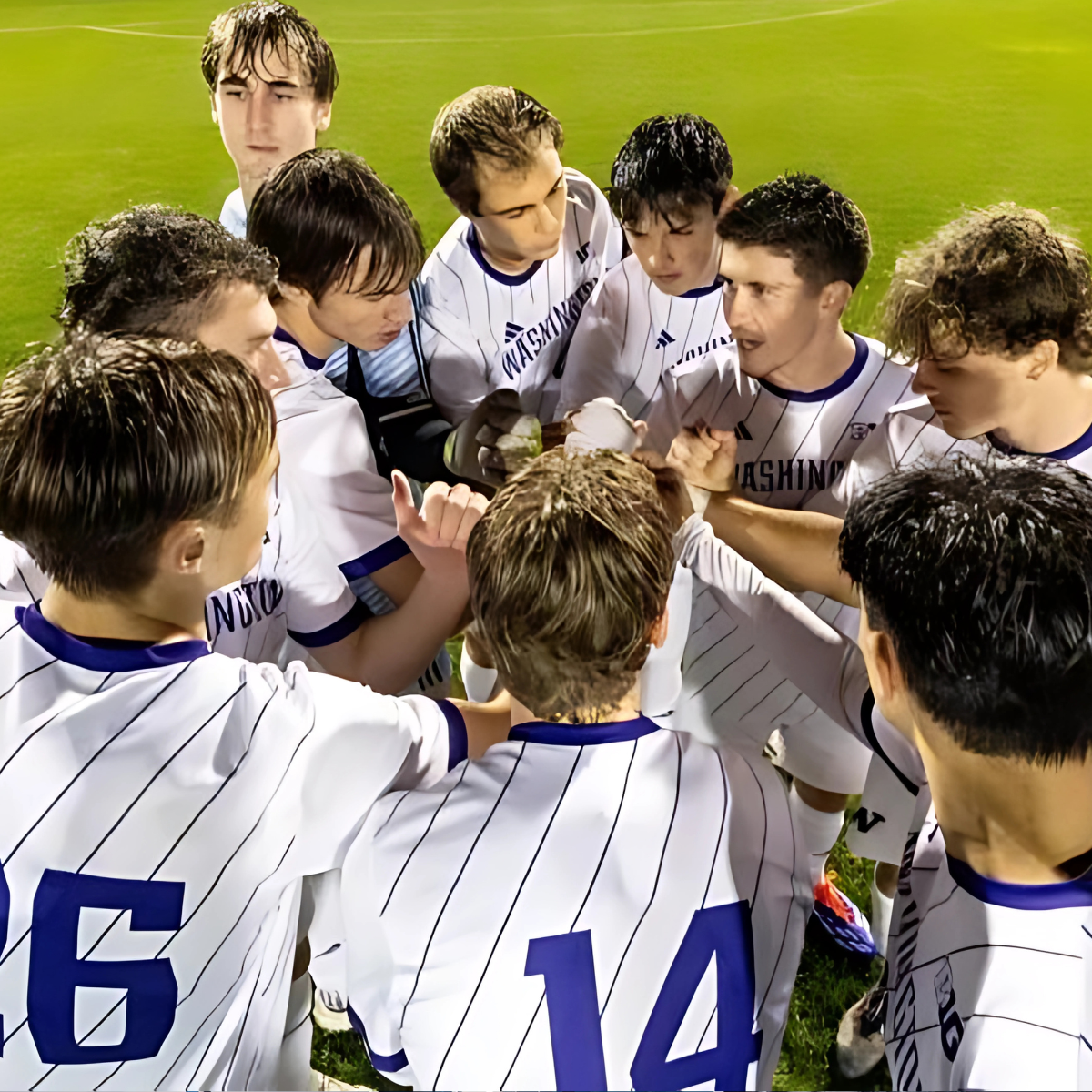The MotoGP calendar is packed with thrilling races, and back-to-back events, such as the British and Austrian Grands Prix, present unique challenges for riders and teams.
The preparation for these consecutive races is crucial, as it can significantly influence performance and results. Here’s an overview of how MotoGP riders prepare for back-to-back races, focusing on physical conditioning, mental readiness, technical adjustments, and logistical considerations.
1. Physical Conditioning
Endurance Training: MotoGP races are physically demanding, requiring riders to maintain high levels of endurance and strength. In preparation for back-to-back races, riders often engage in rigorous physical training regimes that include cardiovascular workouts, strength training, and flexibility exercises. This training helps them withstand the physical strain of racing for extended periods.
Recovery Practices: Recovery is just as important as training, especially between races. Riders may utilize techniques such as massage therapy, physiotherapy, and hydrotherapy to alleviate muscle soreness and fatigue. Proper nutrition and hydration are also emphasized to ensure that riders are in peak condition for each race.
2. Mental Preparation
Focus and Concentration: The mental aspect of racing is critical, particularly during back-to-back events where fatigue can set in. Riders often engage in mental conditioning practices, such as visualization techniques and mindfulness exercises, to enhance focus and concentration. This preparation helps them maintain a competitive edge, especially in high-pressure situations.
Analyzing Previous Races: Riders and their teams review footage from previous races to analyze performance, identify areas for improvement, and develop strategies for upcoming events. This analysis is essential for understanding the strengths and weaknesses of both the rider and the bike, allowing for targeted adjustments.
3. Technical Adjustments
Bike Setup: Each circuit presents unique challenges, and the bike setup may need adjustments to optimize performance. Teams work closely with riders to fine-tune aspects such as suspension settings, tire choices, and aerodynamics based on the characteristics of each track.
Data Analysis: Teams collect and analyze data from practice sessions and qualifying rounds to make informed decisions about bike setup. This data-driven approach allows teams to quickly adapt to changing conditions and maximize performance during back-to-back races.
SEE: How the Premier League Transfer Window Affects Team Dynamics at the Start of the Season
4. Logistical Considerations
Travel and Accommodation: The logistics of traveling between races can be complex. Teams must coordinate transportation for equipment, bikes, and personnel to ensure everything arrives on time and in good condition. This includes managing the setup of the garage and ensuring that all necessary tools and parts are available for each race.
Time Management: With limited time between races, effective time management is crucial. Teams must balance practice sessions, bike maintenance, and rider recovery to ensure that they are fully prepared for each event. This often involves meticulous planning to maximize efficiency during the short turnaround.
5. Team Dynamics
Communication: Strong communication between riders and their teams is essential, particularly during back-to-back races. Riders must convey their feedback about bike performance and handling to the technical team, allowing for quick adjustments. Team cohesion is vital for maintaining morale and ensuring that everyone is aligned in their goals.
Support Systems: The support of team members plays a significant role in a rider's preparation. From mechanics to engineers, each member contributes to the overall success of the team. Building a positive team environment helps riders feel supported and focused, which can enhance performance on race day.
Preparing for back-to-back races like the British and Austrian Grands Prix requires a multifaceted approach that encompasses physical conditioning, mental readiness, technical adjustments, and logistical planning. MotoGP riders and their teams must work closely together to navigate the challenges of consecutive races, ensuring that they are in peak form to compete at the highest level. As the intensity of the MotoGP calendar continues to grow, the strategies employed during these preparations become increasingly vital for success on the track.
SEE: Strategies Teams Use in Water Polo to Gain an Advantage







%20(1200%20%C3%97%20232%20px)%20(9).png)









.png)

